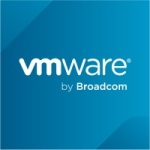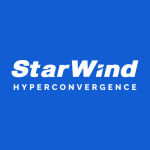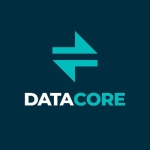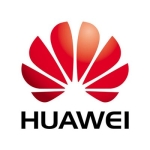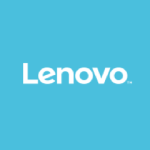What is our primary use case?
The solution is primarily used as a general data center and VDI.
How has it helped my organization?
I consult multiple organizations across many industries. VxRAIL is a platform I lead with. It reduces IT admin time and complexity around managing a hyper-converged environment.
What is most valuable?
The solution is perfect for the lifecycle management of hardware.
The solution allows automated updates to hosts os and hardware, and in some cases switch hardware patches as well.
What needs improvement?
The licensing costs are too expensive for smaller deployments. They should work on their pricing model at the low end. many of the customer's at the smaller end of the scale would benefit the most from the automation but it often times becomes cost prohibitive.
The solution needs a little more flexibility in the hardware that is supported by VxRAIL. Right now, they're very restrictive of the hardware supported.
For how long have I used the solution?
I've been dealing with the solution for two or three years.
What do I think about the stability of the solution?
The stability of the solution is rock solid. Organizations consider it completely reliable. There aren't bugs or glitches. It doesn't crash. It's great.
What do I think about the scalability of the solution?
The scalability of the solution is very impressive, actually. You can scale a very large environment with ease. It's not trouble at all.
On the converse of that, it doesn't work so well for very small environments. This is mostly for if you've got, for example, four hosts already. It's not for small environments. You need to really have 100 to 200 VMs to really take advantage of it.
As a reseller, I'll typically check in with clients after a few months to see how things are going and to see if they need a new node or anything of that nature. Typically, they are looking to scale a bit more.
How are customer service and technical support?
The technical support is phenomenal. I'd give it five stars. They are very responsive and knowledgeable. We're satisfied with the level of service they provide.
Which solution did I use previously and why did I switch?
I have been selling virtualization platforms for around 10 years. Hyper Converged Infrastructure is perfect for general data center work loads and for VDI.
How was the initial setup?
For myself, it's fairly straightforward and no longer very complex. However, I've done more than a dozen of them so far. If you don't know what you're doing, it can be pretty complex. You really do need some expertise with the solution to manage everything.
In terms of deployment, it chiefly takes about two days of planning and about two days of implementation.
In terms of maintenance, what makes it so nice is that it automates management and patching of all of an organization's virtual hosts and even their switches if the switches are supported. Therefore, it reduces admin.
What about the implementation team?
We handle the implementation for our clients.
What's my experience with pricing, setup cost, and licensing?
Users do find that licensing is quite pricey.
The costs vary from customer to customer.
A typical node that I would sell to a customer has a list price be between $50,000 and $80,000 per node. Organizations typically start with four nodes. That's the hardware, software, VMware licensing, everything.
Customers typically pay about half of that for VSAN REady nodes - approximately $25,000 to $50,000 a node. On average, it costs about $200,000 to get your foot in the door. That can be quite expensive for any organization that isn't a large enterprise.
Which other solutions did I evaluate?
I have trained and worked with all of the major HCI options out there.
VSAN (VxRail is built on top of this)
Nutanix ( a very solid alternative)
Simplivity ( not to the level of VSAN or Nutanix)
Microsoft Storage Spaces Direct ( good idea, not quite ready for production)
What other advice do I have?
We're a partner with Dell VMware. VxRail is a part of Dell.
I largely just sell and set up the solutions; I don't use the solution regularly myself.
It's an amazing product overall.
This solution definitely requires an organization to plan everything out correctly. You need to map out your networking, understand what your resource utilization is going to be, make sure you get the right amount of RAM and storage on the host, and then also understand the impact to your licensing costs for Microsoft.
I'd rate the solution nine out of ten. I would give it perfect marks if it wasn't so expensive.
Which deployment model are you using for this solution?
On-premises
Disclosure: My company has a business relationship with this vendor other than being a customer. Partner



